As the UK government has instructed the nation to stay at home and only venture out for specific, essential reasons in light of the Coronavirus (Covid-19) situation, many of us are being encouraged to park our cars if we can. Some owners of Toyota hybrids might be wondering what will happen to their car during long periods without use, particularly when it comes to the level of charge in the batteries.
The reassuring news is that no difficult car maintenance is necessary. However, there are some tips that, if followed, can help ensure your Toyota remains in tip-top condition during an extended layoff.
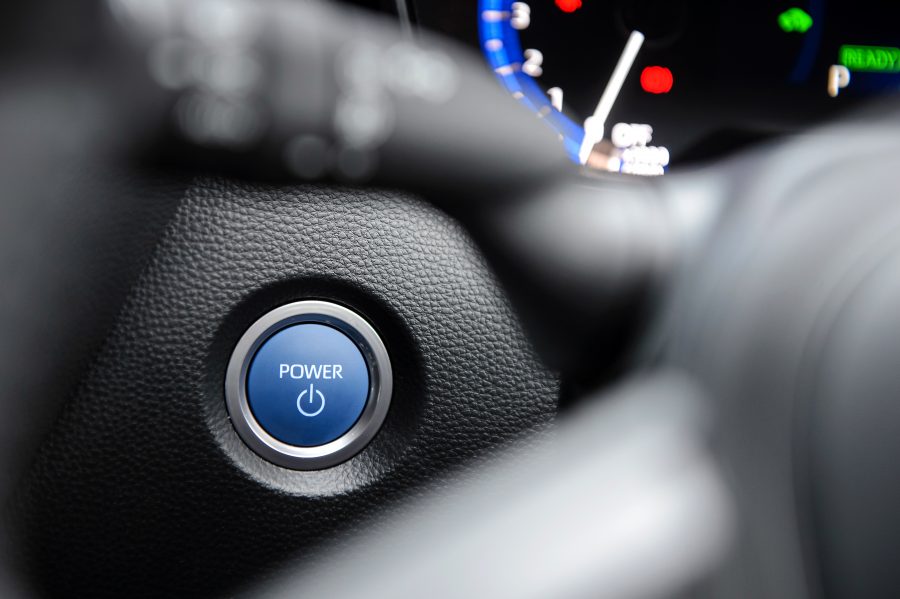
To recap, Toyota hybrids generally contain two batteries: a 12-volt battery (which powers systems such as the headlamps and audio) and a high-voltage hybrid system battery (which supplies the power to start the combustion engine and drive the electric motors).
The simplest way to maintain charge in both of these batteries is to simply go through the normal start procedure: press the ‘Start’ button with your foot on the brake and ensure the ‘Ready’ light is illuminated on the dashboard (you don’t have to keep your foot on the brake thereafter, but ensure your vehicle’s transmission is in ‘Park’ and the parking brake is engaged).
We recommend you put the car in ‘Ready’ mode for about 60 minutes before switching it off again and repeat the process at least once a week, providing you can carry out this procedure while adhering to the government’s advice regarding social distancing and Coronavirus (Covid-19). Please do not leave your car unattended when it is in ‘Ready’ mode.
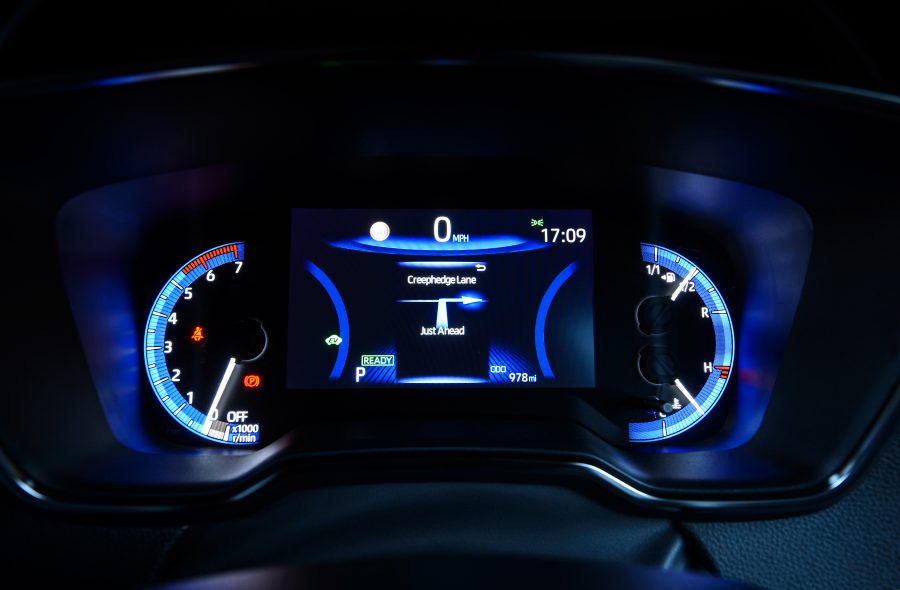
During the time that that car is in ‘Ready’ mode, you may hear and feel the internal combustion engine kick in; this is a normal part of the self-charging process. You might be tempted to switch on the radio to pass the time, or turn on other systems, but bear in mind these will consume small amounts of electrical power so it is preferable to leave them off.
Ensure the handbrake is on; there’s no need to go for a drive, although we must stress that this procedure should take place in a well-ventilated area – something to consider if you park your vehicle in a garage.
What if my Toyota isn’t a hybrid?
Our petrol and diesel cars only have a 12-volt battery, which provides the power to start the engine in addition to the other systems mentioned above. Regular start-up of the vehicle on conventional petrol and diesel engines needs approximately 20 minutes of running to put back into the battery what you remove on start up, so to maintain this battery we would suggest 60 minutes of running at least once a week.
Is there anything else I need to do?
Whether you own a hybrid or a Toyota equipped solely with an internal combustion engine, there are a few other easy car maintenance points that can ensure your Toyota hybrid remains healthy and happy during an enforced hibernation. Again, please adhere to the latest government advice regarding social distancing.
- Check the tyre pressures are fully inflated to the recommended level and top-up if necessary. It can be a good idea to repeat this process when you first drive your car after a long period of inactivity.

- Clean the car thoroughly inside and out. If you are storing your car in a garage, make sure the vehicle is completely dry before you put it away.

- If you do plan to store your car in a garage, ensure the chosen storage area offers plenty of ventilation. If the space is secure, you could consider opening one of the car’s windows a small way to ventilate the interior. If you do this, you might have to change your car alarm’s setting to prevent it setting off the intrusion sensor – please consult your car’s manual for more information.

- It can be beneficial to leave the vehicle with the parking brake disengaged to prevent the brakes from binding, but only do this if you are certain the car is on level terrain and isn’t going to move. Ensure the transmission is set to ‘P’ for park and place wedges or chocks, if you have them, under the wheels.
- If you have a 12V battery trickle charger, or a solar panel charger, and are confident using them, then these are a good option to keep the battery fully charged while the vehicle is stationary for a period of time.
- If your vehicle is equipped with smart entry and start but the system isn’t operated for a long time, a battery-saving function will automatically be activated to prevent the electronic key battery and the 12-volt battery from being discharged. Battery depletion in the key is minimised by stopping the electronic key from receiving radio waves. On many models equipped with this system, it is possible to manually put the key into battery-saving mode, so please consult your car’s handbook for more information. If you aren’t planning to drive your car for a long time, consider putting the smart key in a safe place and not carrying it around with you in your pocket. This will prevent the car from ‘waking up’ unnecessarily should you happen to walk near it in your garage or driveway.
- If the vehicle will be kept on private property (such as inside a garage) for the duration of its storage, you could consider applying for a Statutory Off Road Notification (SORN). This informs the DVLA that the car is off the road and you will receive a refund of any remaining full months of tax. However, you won’t be able to drive your car legally until you tax it again, so it is only advisable if you are positive you won’t use your car for a long time. You can read more information about how to SORN your car here.
Read more Toyota GB’s latest statement on the Coronavirus (Covid-19) situation
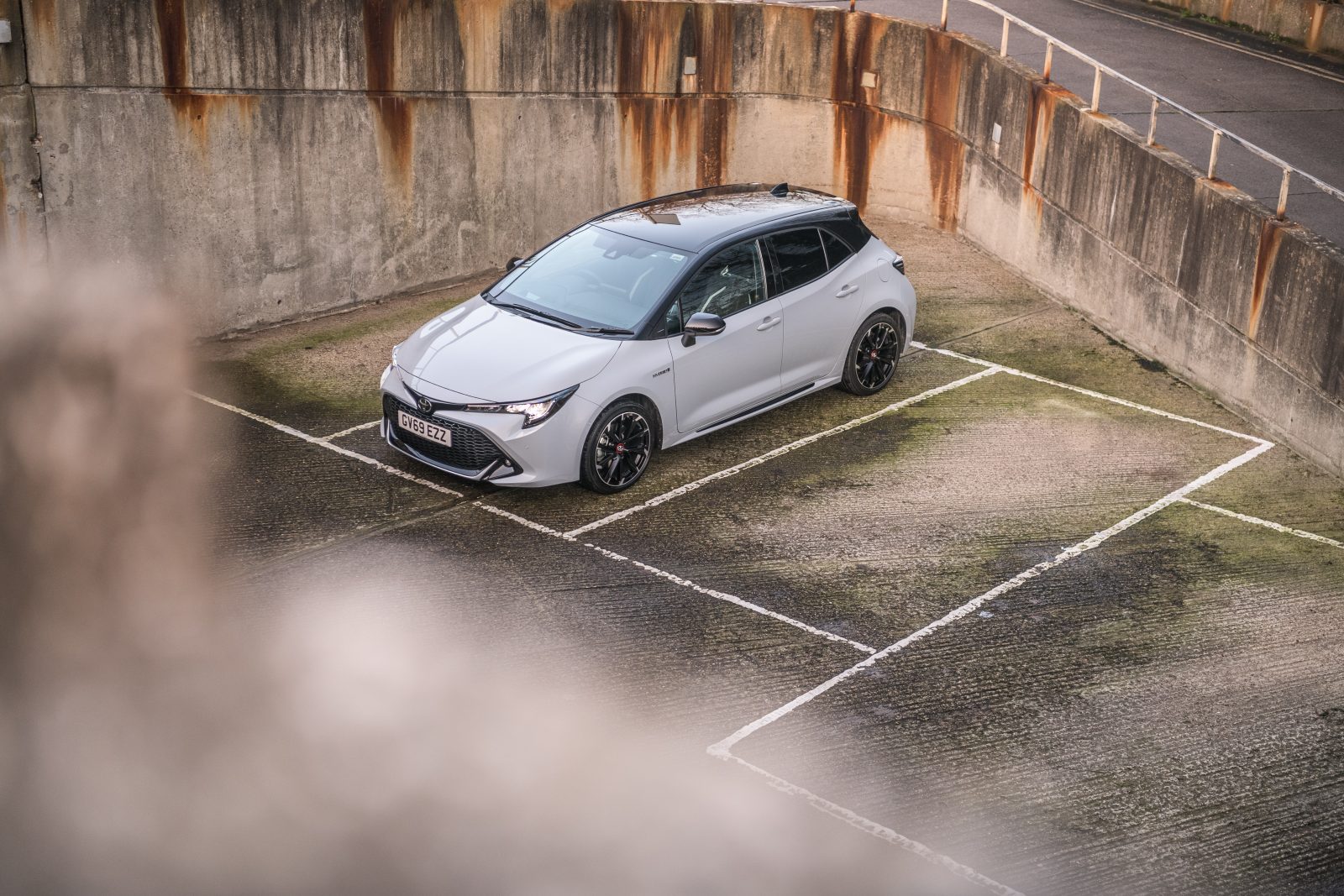

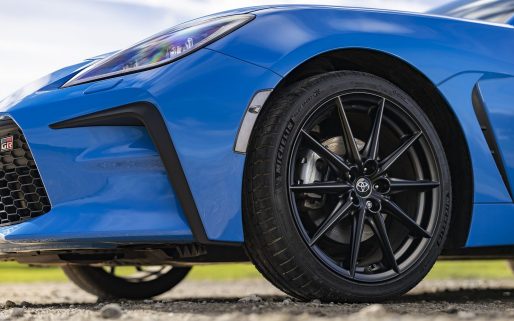
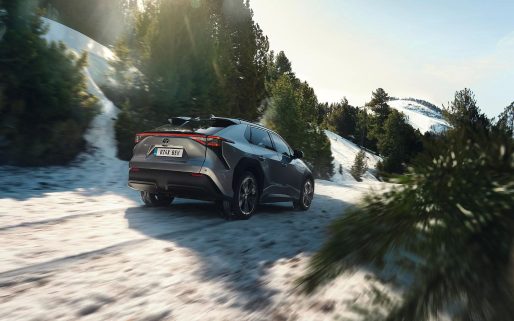
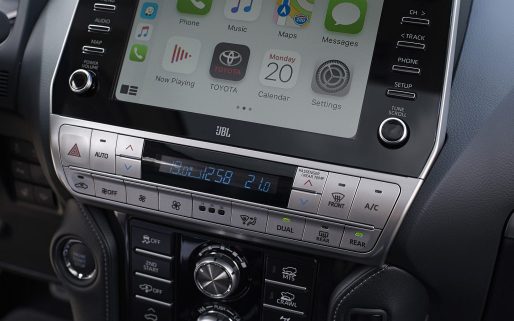
Took my 70 plate Yaris launch edition to dealership today after Blackpool illuminations appeared on dash. only done 20,000ish miles. was going to leave it for battery check but was advised to do the 1 hour in start mode to save cost as i only do short runs and car is parked up for sometime. i love this car but think Toyota should have made purchasers aware of this issue at time of purchase. modern tech is great but comes with issues. Never had problems back in the old days with my classic bangers LOL.
If we leave to the car in the garage for several weeks without useing it, can we disconnect the Alam system to save the battery?
Good afternoon John,
For technical assistance with that, please reach out to your local Toyota Centre.
Thank you.
I went to buy my 1 yr old CHR & the battery was totally discharged; they couldn’t start it with a booster. I negotiated a 54AH new battery instead of the pathetic OE 45AH which is of poor quality as well as output. I use a 4.8W solar charger when parked; so far it’s been ok. Toyota UK are polite & uninformative/unhelpful. It took several efforts to get a full explanation about disabling the motion sensor (ferry). It has a speed camera detector which can’t be deleted. In France, you can be fined 1500E even if switched off, or the car can be confiscated. TUK say “it’s UK spec – tough.” I didn’t know it was OE & was in France before I found it. Scary. Do TUK really think we don’t go anywehere?? It NEEDS a software update eg as per Google maps to disable it in Europe.
It’s happened again!
The Yaris hybrid I bought in 2022 got a flat battery, but the AA said the battery was faulty. The local Toyota dealer replaced it and charged me. I protested, and they said it wasn’t covered by the warranty because I hadn’t driven the car an X number of miles. Nowhere in the small print does it say anything like this. I had to threaten to write to the CEO of Toyota in the UK, and they refunded the money.
I now have a 2024 Yaris hybrid, and the battery is flat again! I’m waiting for the AA man, and I think I know what he will say. This time, I will try getting the AA to jump-start it and see if that holds. Then, I will go to the dealer and remind them that I’m happy to plaster them all over social media and to their CEO if they try to charge me for a new battery!
I have the same problem with a Yaris Cross Hybrid. I even asked about the issue at purchase and was told the problem was on older models than the 2024 version. I also mentioned how I would be using the car and that I was buying a Toyota because of their reputation for reliability. My car is 9 months old and would not start twice within a week.
Based mainly on the Toyota responses in this thread, I would like to know if Toyota are going to advise all their sales people to ask all prospective buyers the following:-
1. if they ever plan to go on holiday for a week or more?
2. Do they like spending an hour sitting in their car on the drive on a regular basis without the radio/heating etc, especially in the winter?
3. Having paid out money for a new car based upon the manufacturer’s reputation for reliability, would they be happy at having to go to Halfords or Kwik fit to spend more money, just to keep it going/get it started because they don’t drive it enough for it to work without a trickle charger or battery pack of some description?
4.Are you happy to drive your car further than you really want to or need to in order for it not to break down.
The sales people should then only sell them the car if the answers are 1. No. 2.yes. 3. yes. 4.yes.
I wonder how many cars they would sell?
I find it unfathomable that all the Toyota responses here seem to fob off the paying customer with repeated untenable excuses as to why it is the customer’s fault. Surely there has been plenty of time to develop a resolution at Toyota’s expense, not at the customer’s. Perhaps they should sat least supply trickle chargers or battery packs with the car. Or build in some sort of system to stop battery drain/parasitic draw by behind the scenes electronics? (One online video explains that the car is never actually off it seems!).
At the very least, in direct contrast to the experience of most people who have posted on here, it should be made crystal clear that there is a continuing problem in this regard.
I am astonished that Toyota’s solution is that I should drive further and more often than I want/need to, or that I should leave my car in Ready mode for 60 minutes but not leave it unattended. That is not in keeping with reducing emissions as much as we can, let alone the extra unnecessary cost/inconvenience to the owner. Further to this, the percentage of people who don’t have these problems really isn’t important to those of us who do.
I wonder if in part, this is Toyota not wanting to invest any more than they think necessary in cars which look to have a somewhat limited life due to the UK Govt stance on car emissions. Never mind that fully electric vehicles are not a viable option for everyone yet.
Hello,
Thank you for contacting us.
I’m sorry to hear of the issues you have been experiencing with your vehicle. We are continuously collaborating with product and technical engineering and design to improve the quality and composition of our vehicles. It is entirely possible that additional colours could be implemented in the future. We would advise you to continue to search our Toyota website, Toyota blogs and stay connected online with the social platforms to be informed on any news regarding changes to our Toyota range.
Please be assured that our customer’s feedback is important to us, and I will be passing your comments on to the relevant department for this to reviewed for future reference.
Thank you for contacting Toyota GB.
so important that you talk about additional colours??
Clearly, you haven’t read the post.
I am very annoyed that Toyota did not warn me about the battery problem. I want a car just to use occasionally for long runs as I live in central London where I have no need to drive. My Corrolla battery has run down twice and we have to pay to get RAC out as we do not have ‘home’ service from them. We bought the solar panel and find it very cumbersome. We are in our seventies and have to get on our knees beside car to find the ‘port’ to insert the solar panel. When panel is fixed to work there is no clue whether or not it is working (one would expect a small light etc). I am advising everyone to be aware of this problem. I have decided to change the car back to a Petrol or Diesel car as they are always reliable.
I’m thinking of buying a Toyota yaris hybrid or Toyota Cross hybrid but have been told that there is a risk of the battery being flat after leaving the vehicle in an airport for a week/fortnight. How likely is it for this to happen?
Hi Cindy,
Thanks for your comments and great to hear you are thinking of buying a Yaris Cross!
Regular start-up of the vehicle on conventional engines (normal petrol/diesel engines) needs approximately 20 minutes of running to put back into the battery what you remove on start up, so to maintain this battery we would suggest 1 hour of running once to twice a week.
The electricity stored in the 12-volt battery will discharge gradually even when the vehicle is not in use, due to natural discharge and the draining effects of certain electrical appliances. If the vehicle is left for a long time, the 12-volt battery may discharge, and the hybrid system may be unable to start. The 12- volt battery recharges automatically while the hybrid system is operating whilst you are driving the vehicle.
We’d recommend investing in a 12V battery trickle charger, or a solar panel charger, if you are confident using them then these are a good option to keep the battery fully charged whilst the vehicle is stationary for a period of time.
I hope this information helps.
Many thanks,
Toyota UK
I don’t think that is good enough, we have had the same problem, surely the answer would be a better battery or Toyota supplies the solar battery charges. We were not aware of this problem when we brought our car because we relied on it being a good brand of vehicle.
I may have solved the battery parasitic drain problem… don’t activate the alarm system. My Yaris is parked in a garage over night and I don’t lock the doors, therefore the alarm is not activated.. I’ve not had a battery drain since. Not possible for everyone… if your car was stolen, your insurance probably wouldn’t pay up if they new you didn’t activate the alarm. Toyota should solve this issue, which has been reported now by hundreds of owners and for many years.
You’d have to arm it when left, eg ,at an airport car park
I’ve experienced very similar issues with battery discharge on a just over one year old Yaris Cross. No mention of the battery issue either at purchase or at the recent service.. It has taken over 2 weeks to get the car booked in for examination ( goes in on Monday 16th) and I’ve rally lost confidence in the car , even to the extent of carrying a portable jump start unit with me just in case it lets me down again. I have advised my dealer of the issues and findings posted on various social media sites and hope that they will rectify the situation promptly and completely ( ideally replacing the battery with one that is ‘up to the job’). I find it really shocking that, having known about this issue for several years now, Toyota fail to warn customers of it, and possible mitigation actions. Surely they should enact a recall on the models impacted ( seems to be mainly, but not exclusively, Yaris and Yaris Cross models) and replact the poor stock batteries with ones fit for purpose. I will wait to see what my local dealer does on Monday but, needless to say, I’ve presently very far from happy!
hello, I’m planning to go on vacation for 4 weeks and I’m scared to get problems with the 12v battery of my CH-R 1.8 Hybrid. Is it enough if my friend who doesn’t drive switch it on once a week keeping it in the garage in position P for 20-30 minutes each time?
Thank you in advance for the help.
Good morning Gio,
Thanks for your query. Using the vehicle once a week for 30 mins or leaving it with ‘READY’ on will normally be sufficient to maintain the battery. However, it is recommended to get the battery tested by your local Toyota centre first, to check the state of battery health and charge.
Find your local Toyota Centre here: https://www.toyota.co.uk/
Many thanks,
Toyota UK